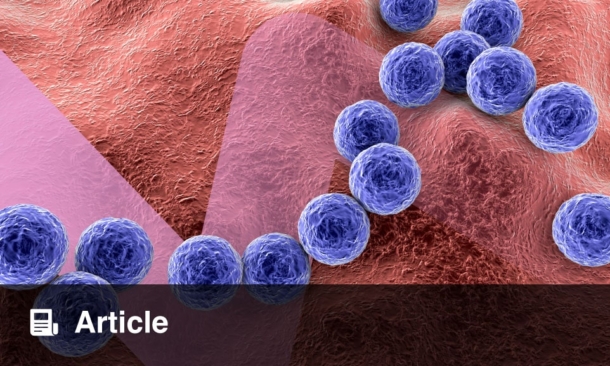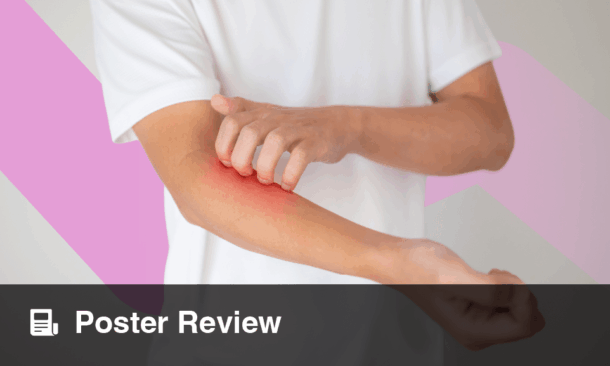A RECENT cross-sectional study has found a significant link between neighbourhood-level socioeconomic status (SES) and the likelihood of a new diagnosis of hidradenitis suppurativa (HS), a chronic inflammatory skin condition. Analysing data from 65,766 dermatology patients at the University of California San Francisco health system between August 2019–May 2024, researchers observed that individuals living in lower-SES neighbourhoods were significantly more likely to receive a new diagnosis of HS than those in higher-SES areas.
Using census tract-level data to assess SES, which included factors such as income, education, employment, and housing costs, the study categorised patients into five SES quintiles. Compared to patients from the highest SES quintile, those in the lowest quintile had over three times the odds of being diagnosed with HS (odds ratio 3.32, 95% CI: 2.46–4.49). The trend was consistent across the intermediate quintiles, showing a clear, inverse relationship between SES and HS diagnosis rates.
Importantly, this pattern persisted even after adjusting for known confounders such as age, sex, and race or ethnicity. While racial and ethnic differences were explored further in subgroup analyses, the increased odds of HS diagnosis in lower-SES areas were observed across multiple groups, though not all reached statistical significance.
The findings underscore the potential influence of neighbourhood-level factors, such as access to healthcare, exposure to environmental stressors, and lifestyle determinants like smoking and obesity, on the risk of developing HS. These mediators were examined in secondary analyses and may partly explain the observed association, though SES remained a robust independent predictor.
This study adds to the growing body of evidence that social determinants of health, particularly at the community level, play a critical role in disease prevalence and outcomes. In the case of hidradenitis suppurativa, targeted public health interventions in socioeconomically disadvantaged areas could prove essential in early detection and management of this often painful and debilitating condition.
Reference
Chang AY et al. Neighborhood socioeconomic status and new hidradenitis suppurativa diagnoses in a single health system. JAMA Dermatol. 2025;DOI:10.1001/jamadermatol.2025.1190.







